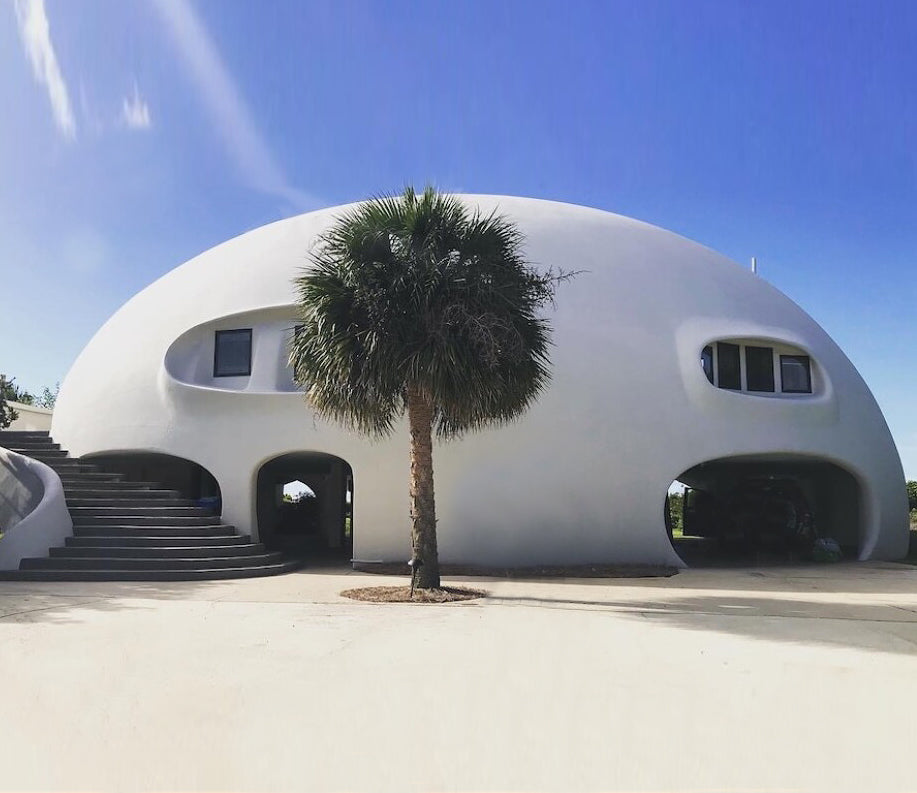
When you live in a warm, southern coastal state, 85% of the year you reap the benefits of being on or near the water - the ocean breeze, year round boating, dining al fresco, forgetting which winter coats you own and comfortably going for a bike ride in January. While everyone in the northeast is snow blowing their driveways you are watching seagulls and herons glide over while sipping a bloody mary at outdoor Sunday brunch. But for 15% of the year, between September and November, you are more or less bi-polar, existing in between periods of bliss and ignorance and intense manic hurricane prep and fear, usually followed by relief and a quick return to normalcy, only for it all to kick in again a few weeks later. You are intimately familiar "spaghetti models" and Mike’s Weather Page. You have been to and/or hosted hurricane parties. You own sandbags and possibly have hurricane shutters on your house and/or large sheets of plywood laying around. You’ve parked your car in a city parking garage to get it to “high ground” more than once and hurricane supplies include bottles of wine, candles and cheese plates. You only evacuate if it is a “big one” (Category 3 or above) and otherwise hunker down and socialize, play board games or anxiously watch the water rise in the street while checking updates on your neighborhood Facebook. Catherine, Matthew, Irene… You remember storm names better than people you dated in high school. You may own or be currently shopping for an inflatable boat, a switchblade and a waterproof flashlight or own all of the above. This is hurricane season.


 Last week, we all watched in horror as Ian pummeled the Florida coast. My heart breaks for the people who fled with their families, pets, and whatever possessions they could carry only to return home to find their house had been wiped away or damaged beyond repair. The loss of life amongst those who stayed behind is a frightening reminder that hunkering down with your favorite bottle of wine and “making the best of it” is not especially prudent. These storms are devastating and scary when they approach categories 3, 4 and 5. According to my neighbor, who stayed in his Charleston home during Hugo, it “sounded like a freight train passing through your living room.” Between the fires on the West Coast, a climbing heat index across many parts of the country, and regular coastal flooding and hurricanes it can start to feel like "pick your poison" if you are lucky enough to design your life around where you want to live. Despite the most devastation, it is uplifting to see how communities can come together in the aftermath to help one another. Below are some ways you can help in the aftermath of Hurricane Ian:
Last week, we all watched in horror as Ian pummeled the Florida coast. My heart breaks for the people who fled with their families, pets, and whatever possessions they could carry only to return home to find their house had been wiped away or damaged beyond repair. The loss of life amongst those who stayed behind is a frightening reminder that hunkering down with your favorite bottle of wine and “making the best of it” is not especially prudent. These storms are devastating and scary when they approach categories 3, 4 and 5. According to my neighbor, who stayed in his Charleston home during Hugo, it “sounded like a freight train passing through your living room.” Between the fires on the West Coast, a climbing heat index across many parts of the country, and regular coastal flooding and hurricanes it can start to feel like "pick your poison" if you are lucky enough to design your life around where you want to live. Despite the most devastation, it is uplifting to see how communities can come together in the aftermath to help one another. Below are some ways you can help in the aftermath of Hurricane Ian:
Garden & Gun Magazine has aggregated a comprehensive list of organizations you can contribute to that are aiding in hurricane relief efforts.

And on a personal note, a friend owns The Real Macaw restaurant in Naples, Florida, which was scheduled to reopen the day the Ian hit, just after completing extensive renovations. Their restaurant's dining room and outdoor area were completely flooded. You can purchase a gift card here to support their rebuilding efforts & help them reopen.

